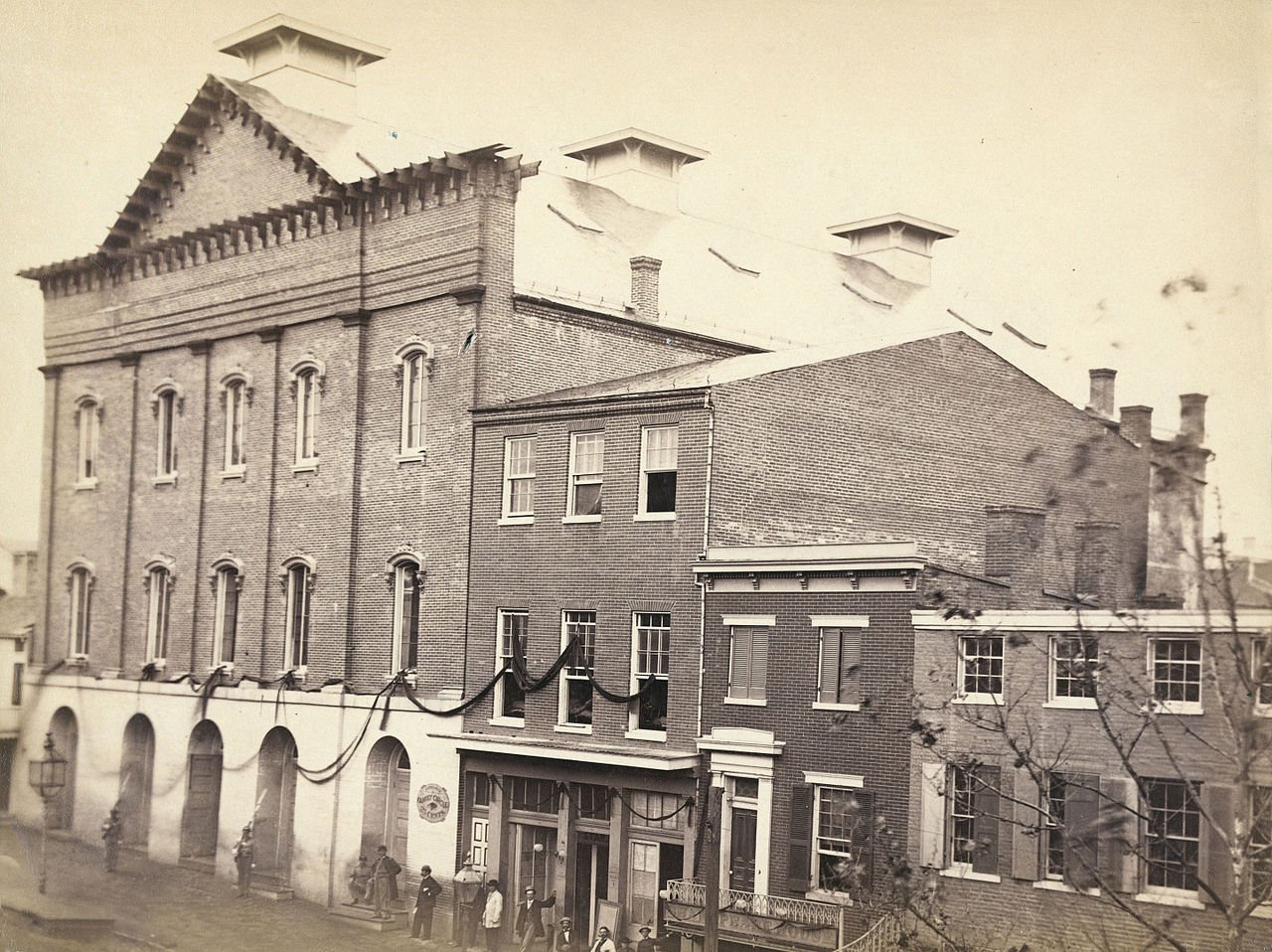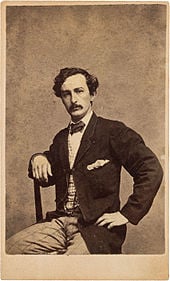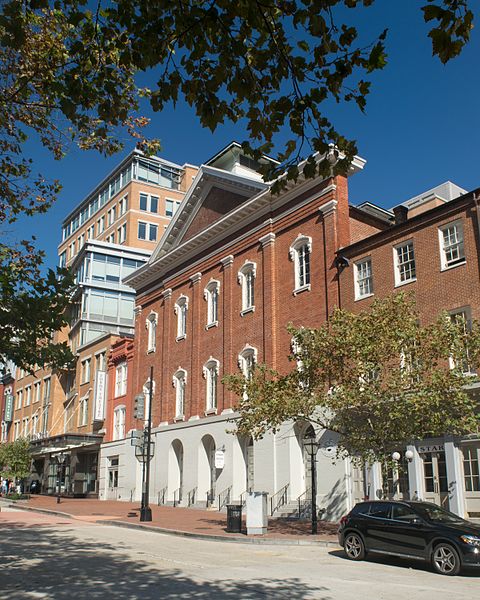Ford's Theatre and Conspiracy to Assassinate Abraham Lincoln
The history, and infamous story of Ford's Theatre
Ford's Theatre And Lincoln

Ford’s Theatre, located at 511 10th Street NW, had originally been the First Baptist Church of Washington. It was constructed in 1833, but when the congregation built a new church in 1861, John T. Ford bought it and renovated it into a theatre. Ford had served as a business manager for the Serenaders, and managed the Holiday Street Theatre in Baltimore before opening his own theatre in Washington. The original theatre, called Ford’s Athenaeum, burned in 1862. Ford used the site to rebuild a new theatre that is now linked to one of the most tragic events in American history—the assassination of President Abraham Lincoln.
The country had just seen the end of the Civil War. The Confederacy’s most prominent general, Robert E. Lee, had just surrendered to Union General Ulysses S. Grant at the Appomattox Court House in Virginia on April 9, 1865. Just five days later, well-known actor John Wilkes Booth was despondent. A longtime Confederate sympathizer, Booth and several co-conspirators had planned to kidnap President Abraham Lincoln in an effort to help the Confederacy’s cause as early as 1864, but those plans never panned out. Because Lincoln loved the theatre, the two men had crossed paths several times in the past, with Booth even shaking his finger at Lincoln during one performance.
The Assassin: John Wilkes Booth

John Wilkes Booth was a well-known actor and a fervent supporter of the Confederacy. His intimate familiarity with Ford's Theatre, where he had performed on numerous occasions, provided him with the knowledge and access necessary to carry out his deadly plan. Booth's deep-seated disdain for Lincoln and his policies drove him to conspire against the President.
The day of April 14th, Booth was not performing at Ford’s Theatre. He found out that day that Lincoln would be there that night to see the performance of “Our American Cousin.” This gave him all the ammunition he needed to pull of his new plan – to kill the president. With this, plus a plan for co-conspirators to kill the Secretary of State William H. Seward and Vice President Andrew Johnson, Booth hoped to disrupt the government enough to allow the Confederacy to regroup and continue the war.
The Fateful Night: April 14, 1865
That evening, Lincoln arrived at the theater with his wife, Mary Todd Lincoln, and their guests, Major Henry Rathbone and his fiancée, Clara Harris. They were seated in the Presidential Box, which was adorned with American flags for the occasion.
As the play progressed, Booth entered the theater and made his way to the Presidential Box. Taking advantage of a moment of comedic uproar in the play, he fired a single shot from a .44 caliber derringer pistol, striking Lincoln in the back of the head. Major Rathbone attempted to apprehend Booth but Booth stabbed Rathbone, severely wounding him in the struggle. Booth then leaped from the box onto the stage, reportedly shouting
"Sic semper tyrannis!"—Latin for "Thus always to tyrants"—before fleeing the scene.
Following the shooting, President Lincoln was carried across the street to the Petersen House, where he succumbed to his injuries the following morning, April 15, at 7:22 a.m. The nation was plunged into mourning, and a massive manhunt was already underway for the escaped assassin Booth, who had left through the stage door and fled to his getaway horse.
The assassination of Lincoln didn’t have the effect Booth desired – even Southerners were upset at the president’s death. He was eventually found and surrounded by Union troops at the Garrett farmhouse in Virginia. Refusing to come out, the soldiers set it on fire and Sergeant Boston Corbett shot Booth to death on April 26, 1865.
Lesser-Known Details
- Security Lapses: Lincoln's bodyguard, John Frederick Parker, was notably absent from his post during the performance, having left to visit a nearby tavern. This breach in security allowed Booth unimpeded access to the Presidential Box.
- Booth's Preparation: Earlier in the day, Booth had drilled a peephole into the door of the Presidential Box to observe the occupants, ensuring the success of his plan.
- The Playbill: The program for the evening's performance listed Our American Cousin as the main attraction, a comedic play that provided the cover of laughter for Booth's gunshot.
After the Assassination

After the assassination, the government seized the theatre, giving Ford $100,000 and issuing an order that the theatre never be used again as a place of public amusement. The military took it over and it held War Department records, the library of the Surgeon General’s Office, and an Army Medical Museum until 1887. It was then used as a government warehouse until 1931, and remained unused until late 1966, when the theatre was added to the National Register of Historic Places. It reopened in 1968 after a 2 year renovation.
Visiting Ford's Theatre Today
Today, Ford’s Theatre serves as a museum and working theater, dedicated to preserving the legacy of President Lincoln and educating the public about the events surrounding his assassination. Visitors can explore exhibits featuring artifacts from that fateful night, including the derringer pistol used by Booth and the flag that adorned the Presidential Box.
For those interested in Civil War-era flags and memorabilia, Gettysburg Flag Works offers a wide selection of historical flags that capture the essence of this pivotal period in American history.